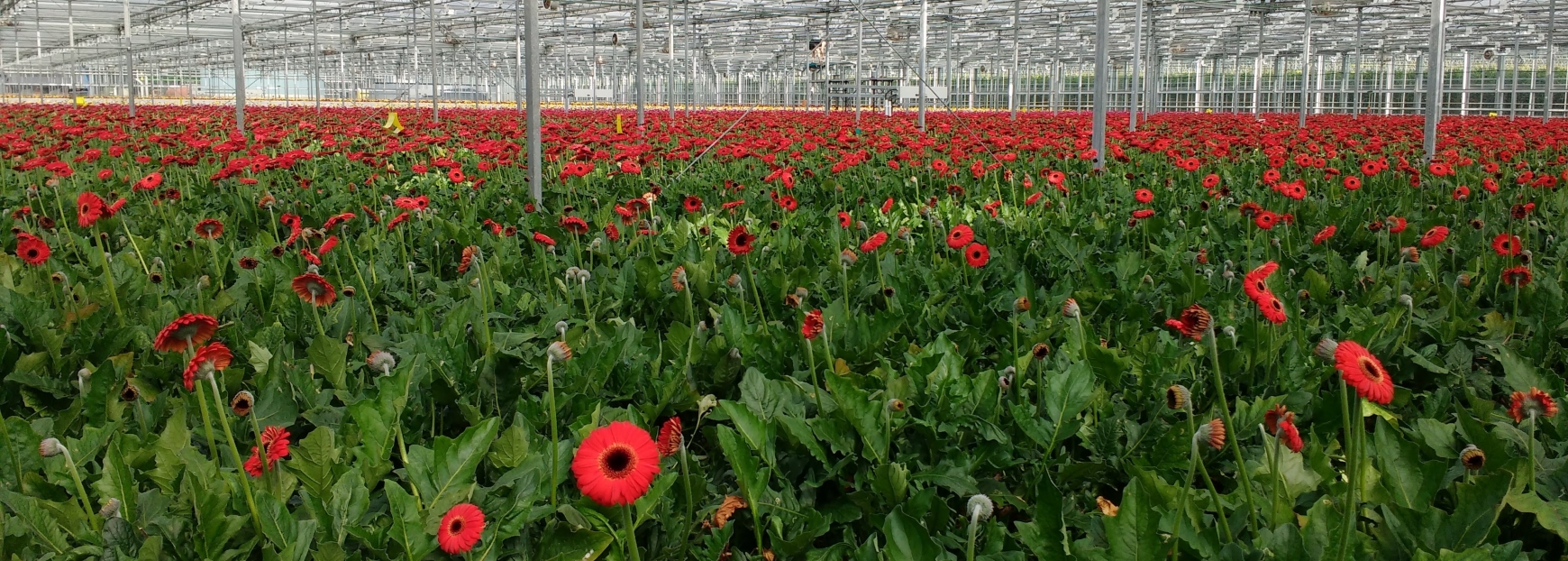UK growers may have heard of Next Generation Growing (NGG), but could be forgiven for not really knowing what it is. In essence, it refers to a set of growing techniques, developed in the Netherlands over the last decade or so, with the aim of empowering the plant – i.e. giving it what it needs (e.g. water, CO2, light), when it needs it. The principles are heavily based on the laws of physics and a good grasp of these is vital to get the most out of the crop.
I recently spent a few days at the Hoogendoorn / LetsGrow.com headquarters in the Netherlands, learning about the principles of plant empowerment from Jan Voogt, one of the authors of the original Dutch handbook on the subject ‘Het Nieuwe Telen’. Over the years, Jan has been heavily involved with growers pioneering this new way of growing, which goes against conventional methods somewhat. The plant empowerment concept often takes growers outside of their comfort zone, asking them to accept higher temperatures and humidity levels than they are used to. Once the reasons are understood, however, adopting this approach makes sense. Rather than controlling on set-points alone, careful monitoring of the crop, the growing environment and even external conditions, can lead to reduced disease risk, improved crop quality and better energy efficiency.
The basic idea is to keep the plant in ‘balance’ in terms of energy, water and assimilates, allowing it to take up the nutrients it needs. It is very much a data-driven method of cultivation, but doesn’t necessarily require expensive technologies or equipment. Most modern climate control computers can already record the necessary parameters, but few growers can probably say they make full use of the data available to them. By understanding what the data means and applying the principles of NGG, thus empowering the plant, results from Dutch growers suggest there are many benefits to be realised.


